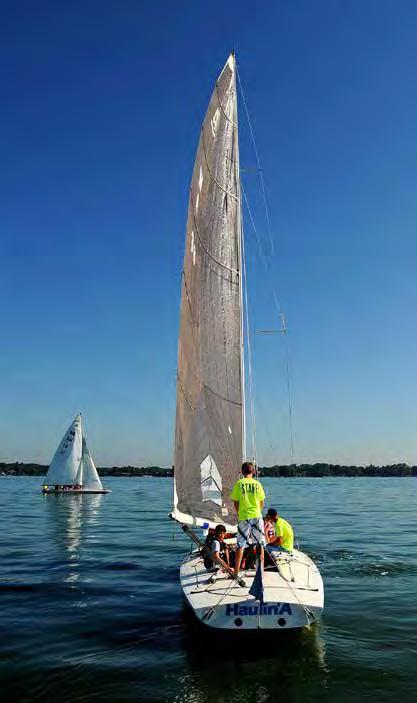Featured Story Water Fun
Paddle Power by John C. Gill
Using rhythmic movements, paddlers glide over the water, serenaded by the resulting wake. Paddling evokes images of earlier times, when explorers in hand-hewn canoes navigated unfamiliar waterways. Though the time-honored canoe remains a popular non-motorized option, today’s paddlers also mount boards or kayaks to traverse lakes and negotiate rivers and streams. With acres of water and miles of shoreline
58
LakeLife Magazine June 2020
to investigate, Kosciusko County provides the perfect setting for paddling. Canoeists, kayakers, and paddleboarders, unlike most power boaters, have the ability to access tight areas and shallow water. They travel under their own power and at their own pace, directing the craft wherever curiosity leads them. This eco-friendly sport not only eliminates the need for purchasing gasoline, but also promotes physical fitness.
Shutterstock.com
Some users paddle fast and hard, while others prefer a slow and gentle pace. Paddlers may also vary the reach and style of their strokes and introduce additional exercises to their routines. For every technique and level of interest, paddling ensures a suitable watercraft.
Canoes
Anglers, campers, and day-trippers who travel with gear often choose a canoe as their manner of transport. Commonly constructed of polyethylene or fiberglass, and available in 12’ to 17’ lengths, canoes feature raised seating and offer ample cargo space. Ideal for family outings, a canoe will accommodate several individuals or pets in its belly.
















